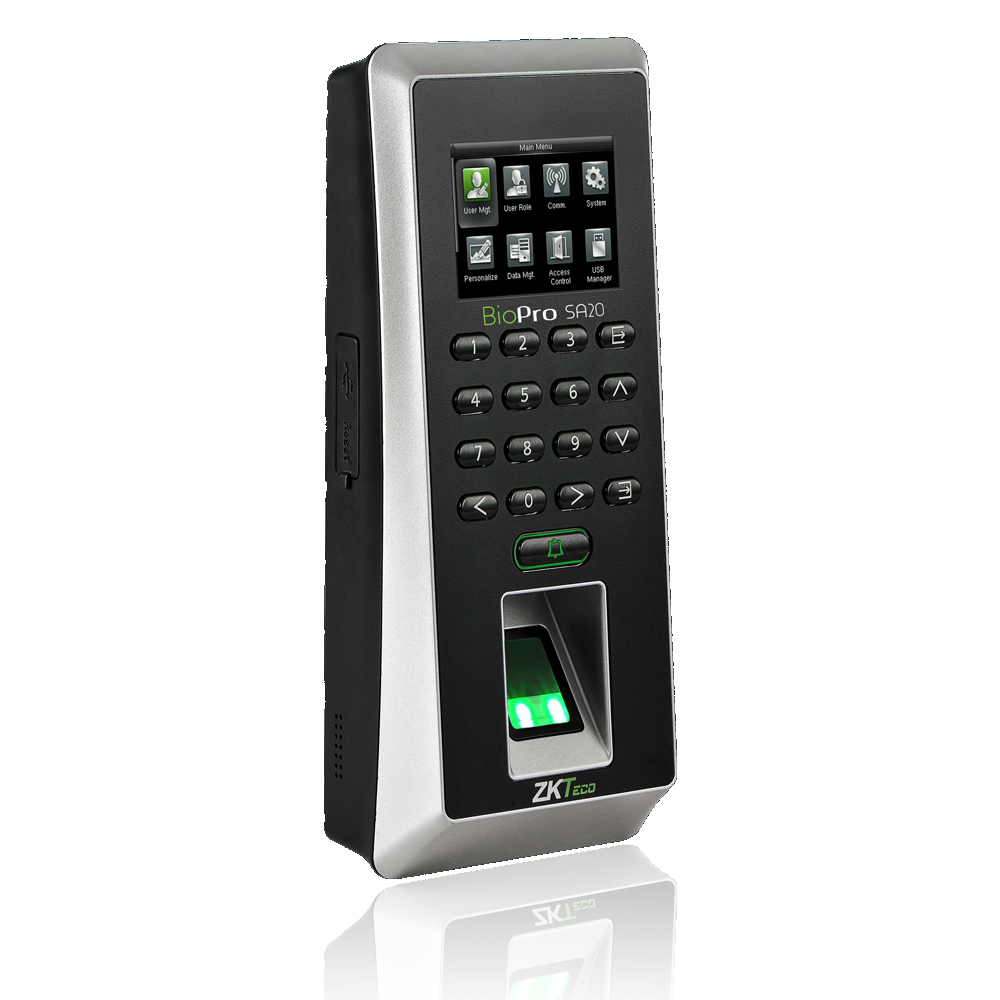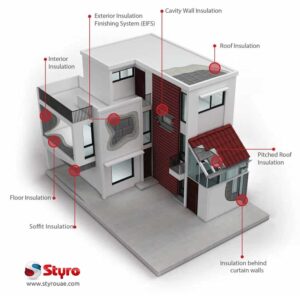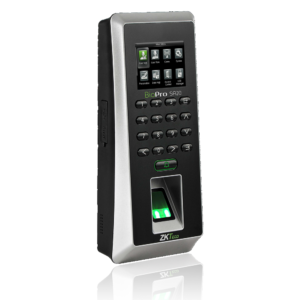How Does A Biometric Attendance System Work?

A biometric attendance system uses advanced technology to identify employees based on unique physical or behavioral characteristics, enabling secure and accurate tracking of attendance. Unlike traditional systems that rely on passwords, ID cards, or manual entries, biometric systems provide a reliable way to verify identities, helping businesses prevent fraud and streamline time tracking. Here’s a closer look at how these systems work.
Capturing unique biometric data:
The first step in a biometric attendance system Dubai is to capture an individual’s unique biometric data. Depending on the type of system, this could be a fingerprint, facial pattern, iris scan, or even voice recognition. When an employee enrolls in the system, their biometric data is scanned and converted into a digital format. For example, in a fingerprint system, a sensor scans the fingerprint’s ridges and valleys, creating a unique digital template.
Storing and encrypting data:
Once captured, the biometric data is encrypted and stored in a central database or the system’s local storage. The encrypted template is not the actual image of the fingerprint or face; instead, it’s a mathematical representation that cannot be reversed to recreate the original image. This ensures that sensitive data is protected and compliant with data privacy laws, safeguarding employee information.
Verification Process during Check-In/Out:
When an employee wants to clock in or out, they simply scan their biometric feature on the device. The system then compares this live scan with the stored template in its database. If the data matches, the system registers the individual as present and records the time. This verification process happens in seconds, making it highly efficient. In the case of multi-biometric systems, such as fingerprint and facial recognition, the system can use multiple points of reference to increase accuracy and reduce any chance of misidentification.
Real-time data recording and centralization:
After verification, the system automatically logs the employee’s attendance in real-time, sending data to a central database. This real-time recording makes it easy for HR and managers to access attendance data, track work hours, and monitor punctuality. If the biometric system is integrated with HR or payroll software, it can further automate calculations for overtime, absences, and shifts.
Preventing attendance fraud:
A key advantage of biometric attendance systems is their ability to prevent “buddy punching,” where employees clock in for one another. Because biometric data is unique to each person, these systems ensure only the right person can clock in, reducing fraud and increasing accountability.





